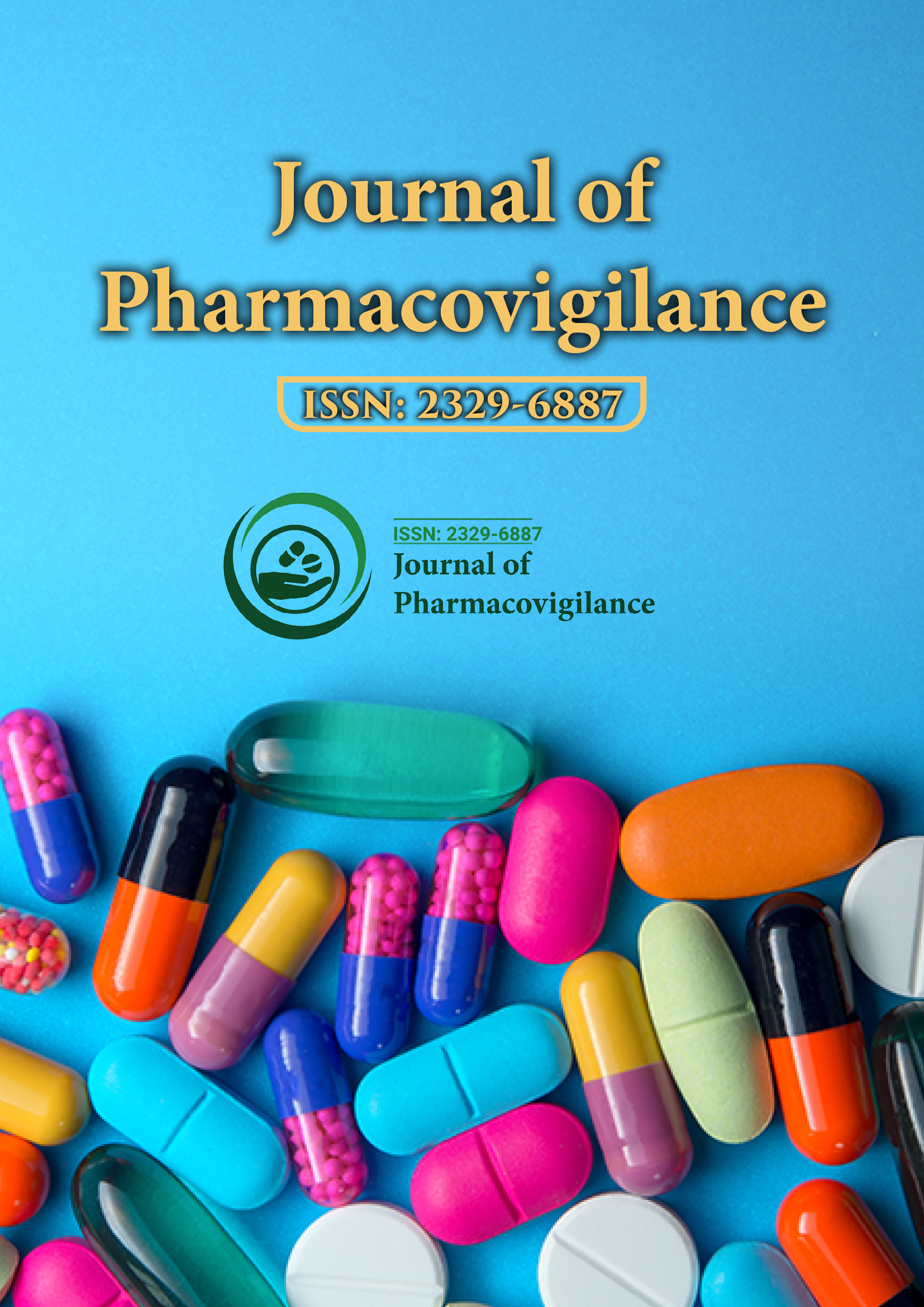Indexed In
- Open J Gate
- JournalTOCs
- The Global Impact Factor (GIF)
- RefSeek
- Hamdard University
- EBSCO A-Z
- OCLC- WorldCat
- Publons
- Euro Pub
- Google Scholar
Useful Links
Share This Page
Journal Flyer

Open Access Journals
- Agri and Aquaculture
- Biochemistry
- Bioinformatics & Systems Biology
- Business & Management
- Chemistry
- Clinical Sciences
- Engineering
- Food & Nutrition
- General Science
- Genetics & Molecular Biology
- Immunology & Microbiology
- Medical Sciences
- Neuroscience & Psychology
- Nursing & Health Care
- Pharmaceutical Sciences
Opinion Article - (2025) Volume 13, Issue 2
Safeguarding Health Through Persistent Observation of Medication Effects
Isabella Reed*Received: 26-May-2025, Manuscript No. JP-25-29714; Editor assigned: 28-May-2025, Pre QC No. JP-25-29714; Reviewed: 11-Jun-2025, QC No. JP-25-29714; Revised: 18-Jun-2025, Manuscript No. JP-25-29714; Published: 25-Jun-2025, DOI: 10.35248/2329-6887.25.13.516
Description
The persistent observation of medication effects following their introduction into clinical practice is essential to safeguarding patient health and improving therapeutic safety. Initial trials provide critical insights into drug performance, but their limited scope and controlled conditions cannot anticipate every adverse reaction or risk factor that might arise in broader populations or over extended use. Therefore, continued evaluation after the market release is vital to uncover and manage these issues.
This ongoing process relies on comprehensive collection and analysis of reports detailing any unexpected or harmful effects experienced by patients. Healthcare practitioners, patients, and pharmaceutical companies all contribute to this database by submitting information through established reporting channels. The data collected serves as a foundation for identifying trends or unusual occurrences that might necessitate further investigation.
Creating an environment that supports and encourages thorough reporting is fundamental. Healthcare professionals must be trained and motivated to document adverse events accurately. Patient education also plays a key role in helping individuals recognize symptoms that may be related to medication use and understand the importance of communicating these experiences. Accessibility of reporting systems is improved by incorporating user-friendly technologies such as mobile apps and online portals.
Innovative data analysis methods enhance the ability to interpret large volumes of information effectively. Computational tools assist in sifting through diverse data sources to detect signals indicative of potential safety concerns. International data sharing initiatives strengthen the monitoring framework by providing broader insights and enabling faster identification of issues that might affect multiple regions.
Despite these advances, challenges such as underreporting and difficulties in establishing direct cause-and-effect relationships remain. Addressing these requires continued efforts to refine reporting protocols and foster cooperation among healthcare providers, patients, and regulatory authorities. Skilled professionals must carefully assess the information to distinguish true risks from coincidental events. Technological advancements have played a significant role in enhancing the capabilities of drug safety surveillance. Data analytics software enables rapid and efficient processing of vast amounts of safety data, aiding in the identification of signals that warrant further investigation. Linking safety data with clinical records provides a more comprehensive understanding of the context in which adverse effects occur.
The ethical imperative behind ongoing drug safety evaluation centers on the responsibility to protect individuals from harm. By maintaining vigilance, the healthcare community can respond promptly to emerging safety issues, adapt treatment recommendations, and ensure that medications continue to offer benefits that outweigh risks. Technological advancements have played a significant role in enhancing the capabilities of drug safety surveillance. Data analytics software enables rapid and efficient processing of vast amounts of safety data, aiding in the identification of signals that warrant further investigation.
Conclusion
Persistent observation of medication effects after approval is a vital aspect of healthcare that promotes safer use of pharmaceuticals. Through collaborative efforts, technological innovation, and education, the system can effectively identify and manage safety concerns, ultimately supporting better patient outcomes and confidence in medical therapies. Promoting active participation in reporting adverse drug experiences is critical to the success of this safety monitoring. Education and training programs for healthcare providers help increase awareness of the need to document and submit reports diligently. Patients also benefit from clear communication about possible side effects and encouragement to share their experiences with healthcare teams or safety authorities.
Citation: Reed I (2025). Safeguarding Health Through Persistent Observation of Medication Effects. J Pharmacovigil. 13: 516.
Copyright: © 2025 Reed I. This is an open-access article distributed under the terms of the Creative Commons Attribution License, which permits unrestricted use, distribution and reproduction in any medium, provided the original author and source are credited.

